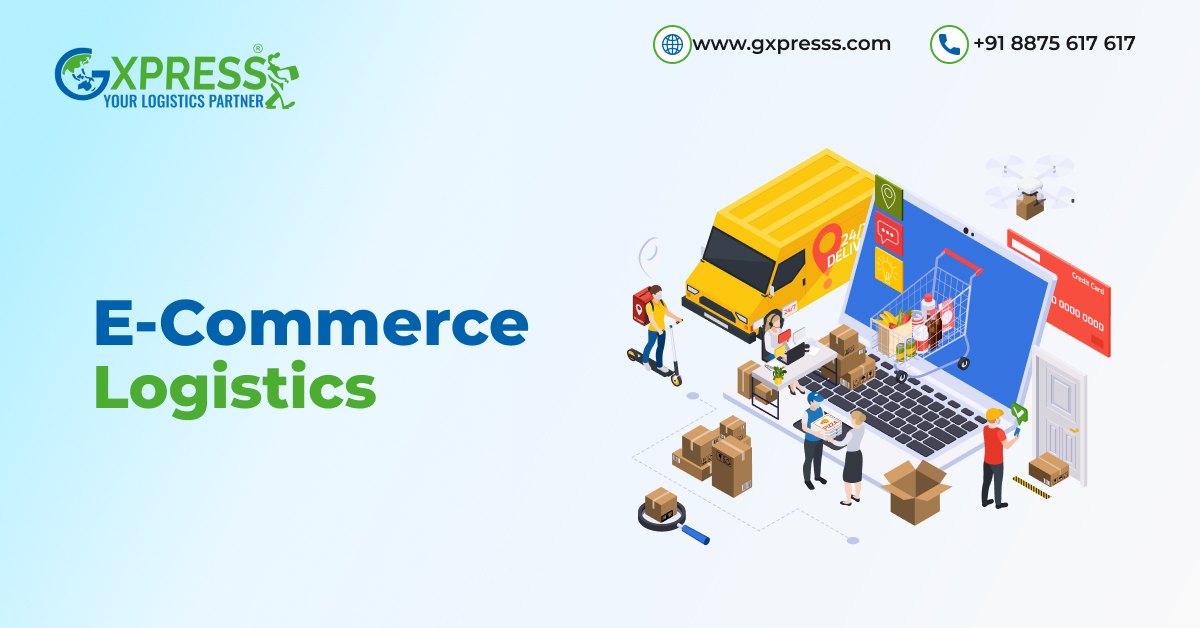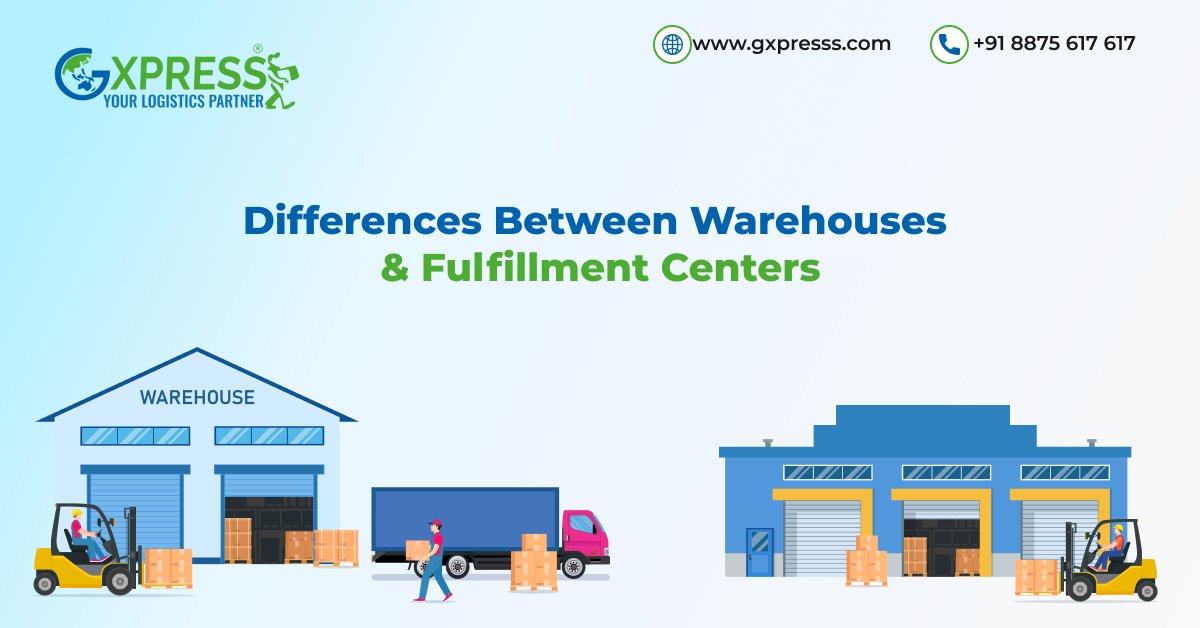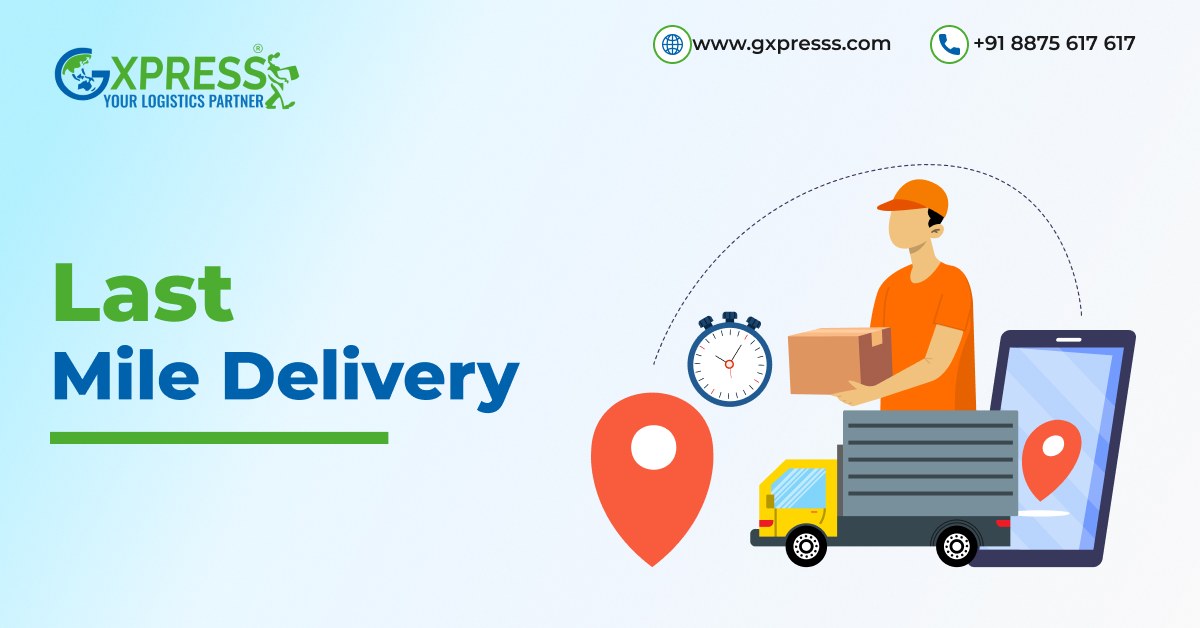August 25, 2025E-commerce7 min readBy Admin
Nearshoring vs. Global Sourcing: Striking the Right Balance for Resilient Supply Chains
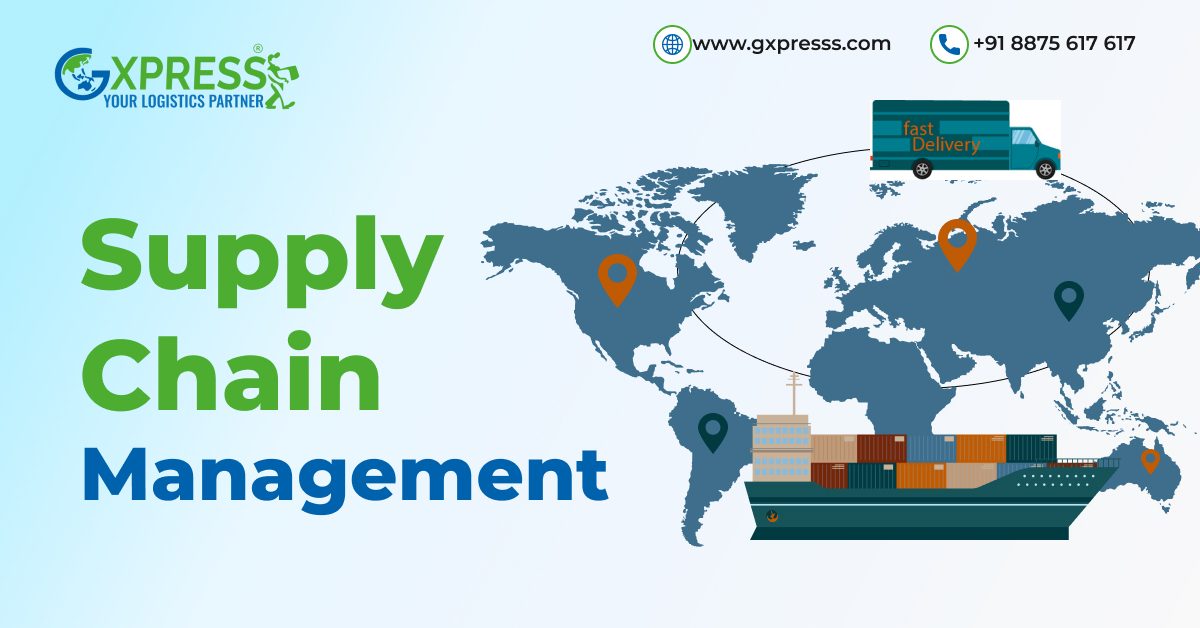
For years, supply chain management went on with no fuss. Most people did not care about where goods were made, just that shops were full. Then, a big change hit. We had a virus go around, world conflicts, late shipments, and costs shot up. All at once, everyone was talking about how to get goods.
Businesses had one main thing to think about: Where to get goods from for supply chain management in ecommerce? Do they stick with the same far-off makers or bring it nearer through nearshoring? And even more, can they find a mix of both good ways?
In short, nearshoring is about speed and control, while global sourcing is about cost and variety.
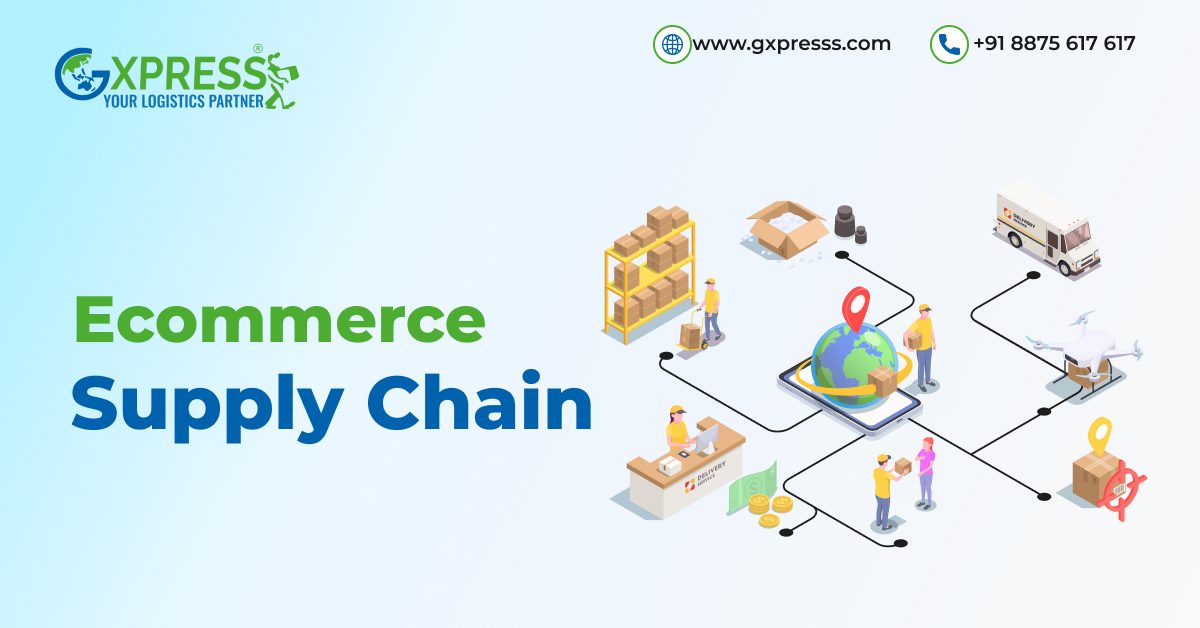
The Importance of Sourcing in Supply Chain Management
Finding a supplier for ecommerce supply chain isn't just about the low cost. It's about the right quality, amount, and trust, while also managing the costs. It impacts: How fast can you deliver: the speed at which you can handle orders? Cost control: mixing production, moving goods, and taxes. Risk management: dealing with issues like changes in politics or big storms. Sustainability: lowering the harm your work does to our planet. A good idea for a product will only hold weight if the supply chain behind it is strong too. That's why the plan for sourcing is a key part of managing the supply chain.What is Nearshoring in Supply Chain Management?
Nearshoring means moving, making, or getting goods near the main market of a company. For instance, a U.S. firm may move making things from Asia to Mexico, while a company from Europe may move it from China to Eastern Europe. Why companies choose nearshoring:- Faster delivery times – proximity means reduced shipping distances.
- Lower transportation costs – shorter routes save fuel and freight expenses.
- Better communication and collaboration – fewer time zone differences.
- More control over quality – easier to visit facilities and monitor operations.
- Reduced disruption risk – less exposure to far-away geopolitical issues.
What is Global Sourcing in Supply Chain Management?
Getting materials means picking makers from anywhere on earth, often looking to save cash. A lot of companies buy from places like China, Vietnam, or India since they have good set-ups and pay less for work. Why firms keep buying globally: Cost savings: find the places that cost the least to make things. Specialized expertise: some places are very good at making certain things. Economies of scale: making a lot in one go can be easier, far away. Wider supplier network: more options to fit what is needed. But global sourcing has its challenges: long shipping durations, higher transport costs, currency fluctuations, and vulnerability to global disruptions.Difference Between Nearshoring vs. Global Sourcing
| Factor | Nearshoring | Global Sourcing |
| Proximity to Market | Close to customer base | Often far from customer base |
| Lead Time | Shorter | Longer |
| Cost | Often higher production cost | Lower production cost |
| Risk Exposure | Lower geopolitical risk from far regions | Higher exposure to global disruptions |
| Communication | Easier, fewer time zones | Harder, time zone and cultural differences |
| Capabilities | May be limited depending on region | Broader capabilities and expertise |
Common Challenges in Sourcing for Supply Chain Management
Both nearshoring and global sourcing have their own tough parts:- Cost vs. Speed – Cheap may not mean good, and fast may not be cheap.
- Supplier Trust – Even the top deals fail if suppliers don't give steady help.
- Quality Check – Being far can make it tough to keep an eye on product levels.
- Logistics Troubles – Borders, taxes, and shipping size can mess with times.
- Political and Economic Risks – Money changes, trade fights, and new laws can mess up plans.
- Sustainability Pressures – Buyers and law folks want more eco-friendly sourcing.

Achieving the Right Balance – Using a Mix of Both
Smart companies are no longer asking, “Nearshoring or global sourcing?” Instead, they’re asking, “How do we combine them for resilience?” Here’s how businesses are striking that balance:1. Dual Sourcing Strategy
Rather than only using one supplier or area, companies use two: one close and one far. This helps them save money from far places, but also have a close place ready if needed. Example: A clothes brand gets 70% of its goods from Vietnam (cheap) and 30% from Mexico (quick to restock).2. Product Segmentation
Not every product has to come from the same spot. Items that sell fast and are in high demand are made near the market, while items that move slowly or are less urgent come from far. Example: A tech firm makes spare parts in a close country for fast shipping, but makes big orders for special times far away.3. Resilience Over Pure Cost Savings
The lowest price tag isn’t always the best long-term choice. Companies are increasingly factoring in the “hidden costs” of disruptions: lost sales, expedited shipping fees, and damaged customer trust. Example: A home appliance company realized that even though nearshoring raised production costs by 10%, it saved millions in avoided airfreight costs during global port congestion.4. Regional Hubs
Some companies are setting up multiple regional hubs, one in Asia, one in Europe, and one in the Americas, to serve nearby markets quickly and reduce risk.5. Technology-Driven Supplier Management
Digital tools now make it easier to monitor suppliers in real time, forecast demand, and reroute orders when disruptions occur. This allows companies to confidently manage a mixed sourcing model without losing visibility.Conclusion
Being able to change your supply chain management methods is better than being stuck. Even though buying from far places will still be important for its low cost and big size, buying from near places brings quickness, ease, and control that we can't look past. The best plan is not to pick one and leave the other, but to make a plan that can shift with market shifts. By mixing the strong points of both ways, firms can shield against breaks, meet customer wants quickly, and make supply lines that are not just good now, but also ready for what comes next. In a world where shift is the only sure thing, the mix of near and far buying might be the edge that keeps firms on top. If you’re looking for supply chain management in ecommerce in USA, feel free to give us a call.Frequently Asked Questions
Q1. What is sourcing in supply chain?
Sourcing in the supply chain is finding, checking, and picking who gives you the goods or help you need to run well and meet what your customers want.Q2. What is meant by global sourcing?
Global sourcing is getting goods or help from people in other lands, often to cut costs, get rare skills, or use the world's manufacturing power.Q3. Is global sourcing also known as offshoring?
Not really. Offshoring means taking your manufacturing or work to a new land, often one you run or own. Global sourcing is when you buy from places around the world, which might not be your own.Q4. What is friendshoring and nearshoring?
Friendshoring is buying from places that are friends in terms of politics and money to keep risks low. Nearshoring is making things closer to home to get them quicker and work better.Q5. What is the difference between nearshoring and outsourcing?
Nearshoring is about how close it is to where you sell. Outsourcing is about who does the work. It's when you use another company to do it, no matter where.Q6. What is an example of nearshoring?
If a U.S. chair maker starts making in Mexico instead of China to cut time and save money, that's nearshoring.Share this article:

